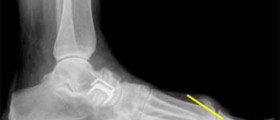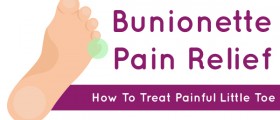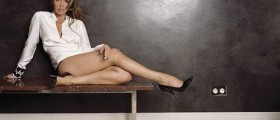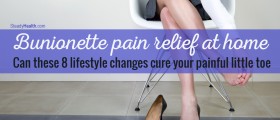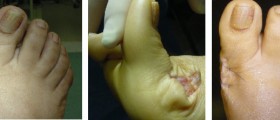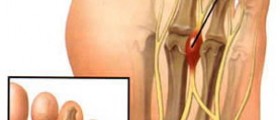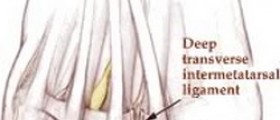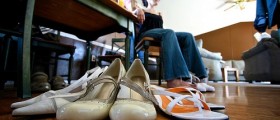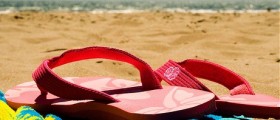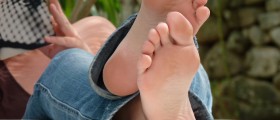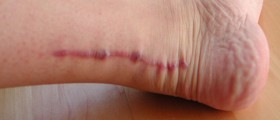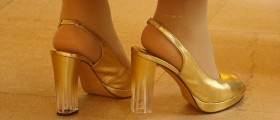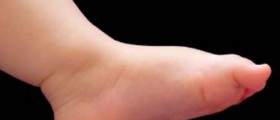Thank you fortaking the time to reply! I understand your no expert,I will try these with care!
'supported toe lifts' or do you mean heel raises? have you been told to do any eccentric exercises for the foot with a theraband? (i heard that you should do those for any 'itis' problems because they get rid of the scar tissue. doing concentric ones make an 'itis' problem worse, apparently. and that eccentric exercises help greatly. there are some studies on this you can google, it's interesting.)
and have you been rolling your calves with a ball? or just stretching them?
Loading...
sorry i forgot to ask before, but how many times a day were you told to do these exercises? and everyday or like once every 2 days?
and yes high heels are TERRIBLE for your sesamoids!!!
Loading...
Hello, I too was diagnosed with this and so I'm going to give you a synopsis of what I've went through and what I think it takes to get over this.
I first got an injury to the ball off my big toe approximately three years ago. It hurt all the time and it started getting a little better when I started wearing work boots. I then switched to a wider toe box work boot called Dakota DuraToe Later I added correct toes to my healing regime. Through the entire process I used a heating pad and cold foot bathes and mechanical foot massages. I think hand massages aren't good because they flex the foot too much. They might be ok down the line. I also did a few exercises like calf raises and I'd get into a standard push up position, and then flex upward and downward off of my toes. A sort of toe push up. I also take occasional walks in those sole-less shoes.
Here is what would happen. I felt the pain subside after I started using work boots, but then it would flare up again and then go away. Once I got the wide box boots and the inserts it really began to stop hurting. What would happen though is a change to other shoes or walking bare foot would cause a flare up. However, these flare ups starting happen less as time went on. As soon as I put in my correct toes I got a flare up, so I just put them in at night to start. I made the transition to daytime use and started out slowly eventually wearing them more and more.
At this point in time I hope that I'll be completely cured in 6 month to a year. My theory is that it takes a long time to build this area back up after it's become inflamed. You have to both work and rest the muscles, and the difficult thing is finding the right balance. Of course you'll have to experiment because what works for one person wont necessarily work for another.
Good luck
***this post is edited by moderator *** *** web addresses not allowed*** Please read our Terms of Use
Loading...
Loading...
Loading...
Loading...
Just wanted to say that this post has been the most helpful and inspiring thing I've read so far about this issue and trust me, I've read A LOT. How long was this entire healing process for you, from beginning to end?
Loading...
****please not my condition was not severe, it was probably minor or a little worse****
This is what worked for me. I did not see any specialist/doctor at all. I just did my own thing after doing lots of research. I am not a doctor/expert/specialist so be careful.
--GET OFF THE INJURED FOOT. Used crutches for almost 4 weeks. You mite need more/less depending on severity of your condition. Why would you keep walking on an injured area? stay off of it! your not going to make it better by aggravating it.
---Roll the bottom of the foot AND all around your calves with a (massage) ball daily, 3x a day or more if you want. This is just as important as the next step!!! do it! You need to break down stiff tissue and loosen the muscles for a better recovery! Just dont touch/roll the immediate around around the injury. If you feel pain, stay away from that area.
--I started doing STRENGTHENING EXERCISES 3 weeks in on crutches. So basically i was doing these exercises but i was still using my crutches. If you feel any pain, stop or use less weight/resistance. Keep doing strengthening exercises for 2 months after your done with crutches. This injury takes a while to heal, its probably common to be doing exercises for this injury for anyone so dont get upset!
---eat well. get enough calcium, and other minerals to help with rebuilding/strengthening. if you eat junk food it will only slow you down.
on a side note......
Why are so people so oblivious about the strengthening aspect of an injury rehab? It blows my mind that people dont even know/think about strengthening an area after its been injured and rested. Thats like the most important thing to do after resting. Don't always rely on orthotics too much, they will make that area weak because its not being used, instead its being supported by orthotics. Kind of like how muscle atrophy happens if your not working out (because your not using your muscles really) or using a boot/crutches for a long time, the muscles get smaller and weaker/tighter. example: a lot of shoes these days have lots of cushion/support--very bad for you. What happens when you start walking bare foot after always wearing shoes outside and slippers at home? you get injured and pain because your tendons and foot muscles were not being used. My calves got smaller on my foot from using crutches but it was the only way to stay off my foot. Just try not to use crutches for too long.
Using a (donut) pad around the sesamoids may help, but remember to strengthen it! I wouldnt use it for too long though. I didnt use it at all because i didnt think it would help me one bit.
exercises to do:
strengthen the CALVES (on both legs). Your calves have a big impact on your foot and its muscles/tendons.
towel crunches
slowly start walking on your toes here and there a few times for a short time each. increase duration as the days/weeks go by.
do eccentric exercises for the foot. bascially the lowering down (most of the time)/decreasing of tension, use a theraband. example: hold one end in hand, other end around your foot while your foot is already pointed forward or pushed away from you as far as possible (plantar flexed), then slowly bring your foot towards you (dorsi flexed)
hope this helps! this recovery plan mite not be for everyone but just remember to do those strengthening exercises! an injured area is much weaker than it was before the injury so why leave it like that? it needs to get back to normal strength, or even stronger for it to function properly again.
Loading...
Loading...
Loading...
Loading...
I have had sesamoiditis for many years on my right foot. I have high arches and wore all kind of insoles, custom and standard. They do help but do not improve the health and strength of your foot.
Finally i discovered the fivefingers shoes. These have been great, i use them all the time and do sports with them. No more pain on my sesamoides, do not know why. I think my feet have gotten stringer with this shoes. Besides you step more carefully and you a continuos massage on your feet
My solution
Loading...



